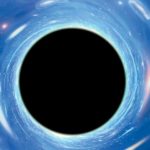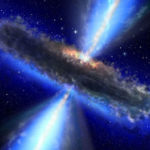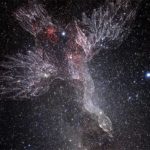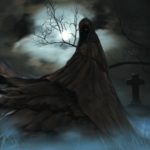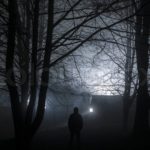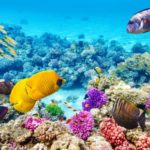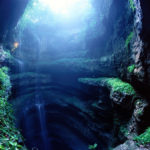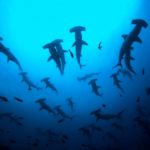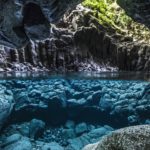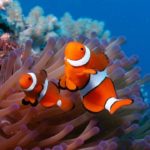For this week my big final push was to work on compiling the set of images that look good when panned across and fit the project. What really makes an image stand out is the following:
- High contrast. High dark/light contrast across the image shows up best
- Color. Lots of different colors look very good as not all cameras can always capture subtle color differences produced by this project. The exception is monochromatic images where the monochrome shows up well because everything is relative to the same color so the camera accurately captures it.
- Texture across the majority of the image. Images that have primarily solid blocks of color don’t turn out as well since it is much harder to judge panning across the image with long exposures.
- Images with dark backgrounds. Images with dark backgrounds work exceptionally well as the image appears to ‘ghost’ out of the air
Based on the criteria for good quality final images, I decided on 3 main categories of images that fit these criteria to display with the art.
- Out of this world images. These are images that are taken in/of space. These images were chosen for their great contrast between light and dark as well as for some vibrant colors. The aspect of having images in/of space float into existence in an otherwise blurry background fits well with the medium and lets the final result capture the nature of the original objects of the images, (relatively) small distinct items in a vast emptiness.
- Ethereal or spooky images. Having some ghost and shadowy images is a no-brainer since this project is perfect for creating ghostly images. It also is very good for scary/spooky images since the image slowly is displayed in front of people, but it isn’t seen unless it is photographed.
- Images people might not see otherwise. This is sort of a final category that includes images of places and things that people might not get to see with their own eyes. These are just a final collection of images that produce nice patterns without a camera, yet still produce awesome final images.
Shown below is the set of images I intend to use. (Some may switch if the ATC camera doesn’t show them as well or I find even better images). Each of the 3 categories have 8 images in them for a total of 24 images. I felt this was a perfect amount as at 15 seconds per image, that gives a full 6 minutes before anything rotates; just long enough to show the same image twice for the casual observer, yet short enough that if someone wanted to they could see all of them without wasting too much of their time.
This are a few examples of what one of these images looks like:






